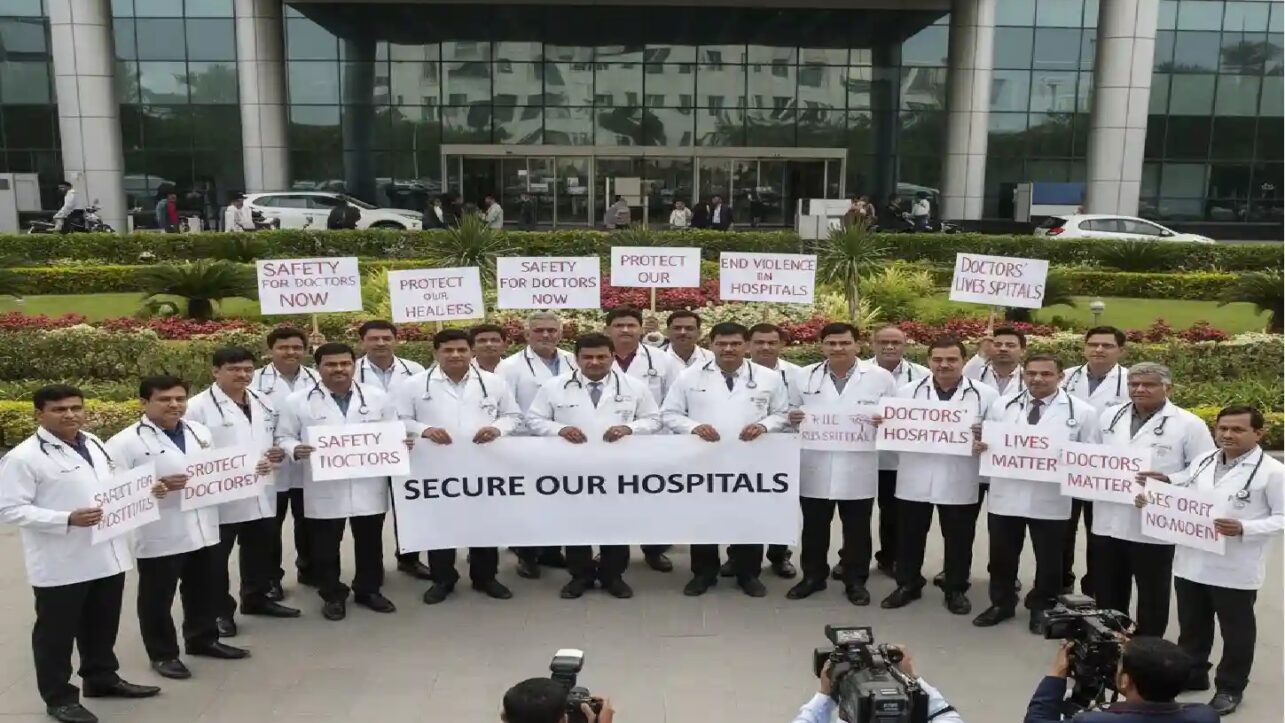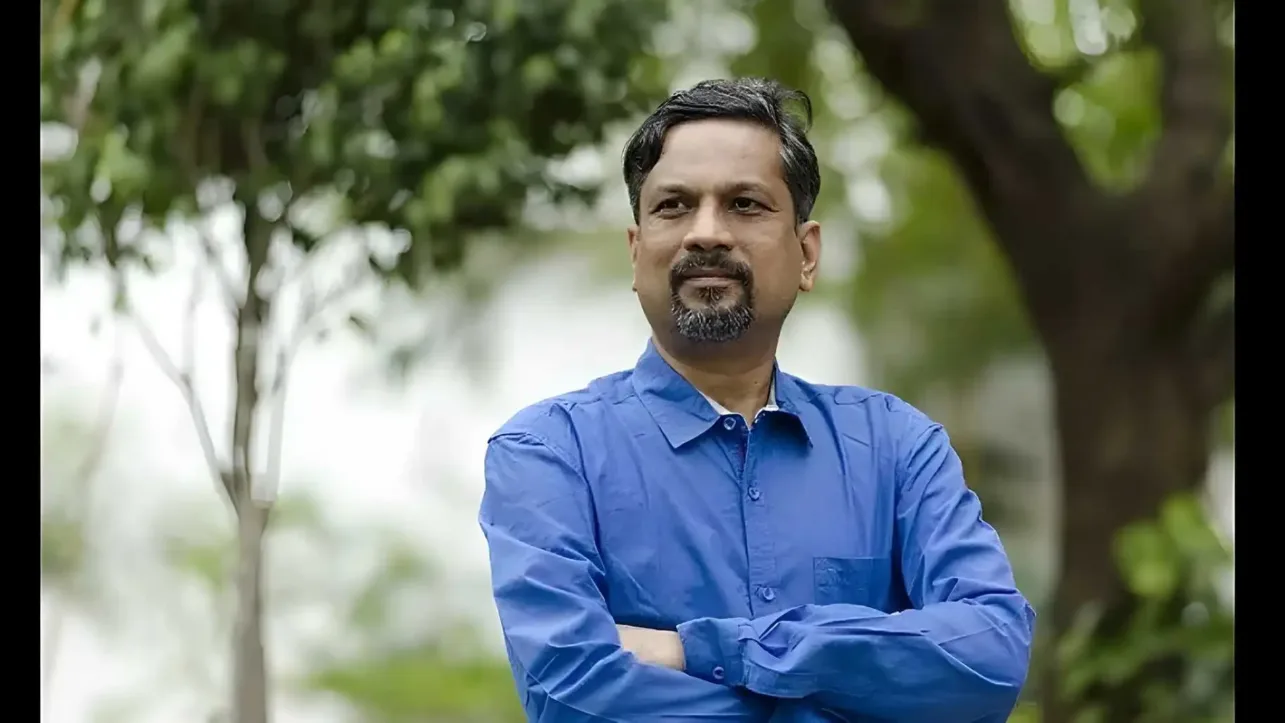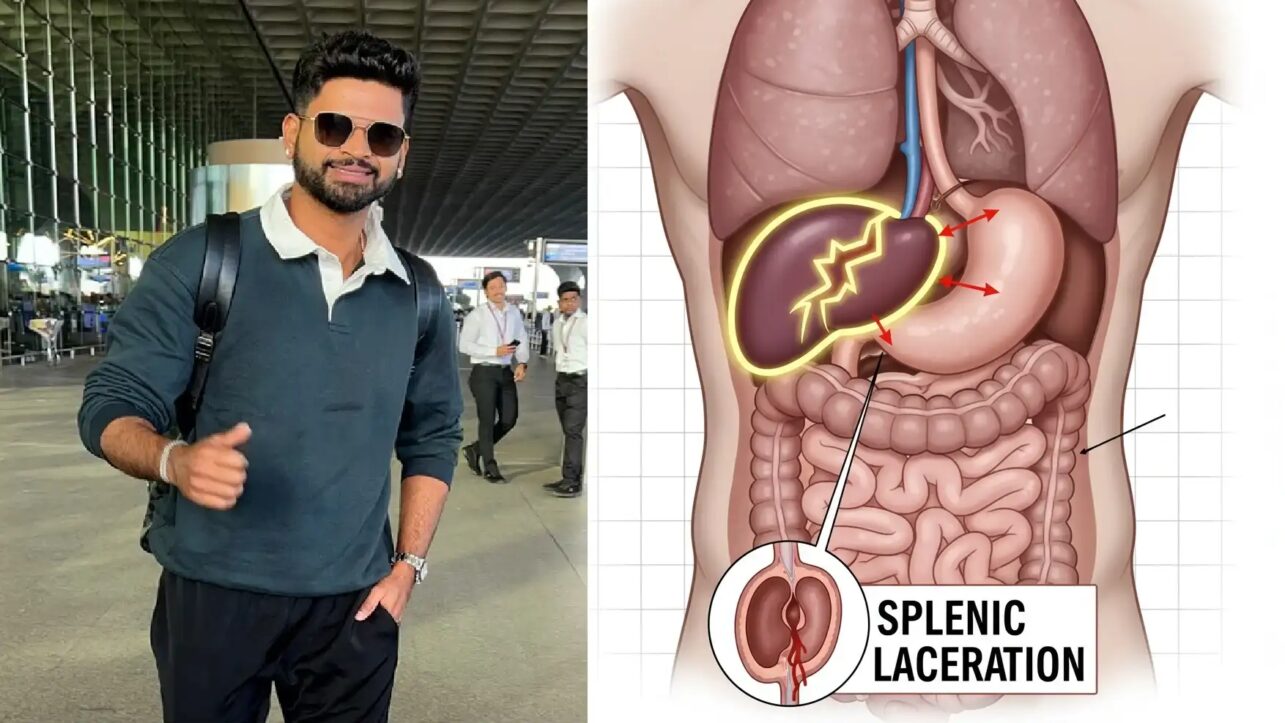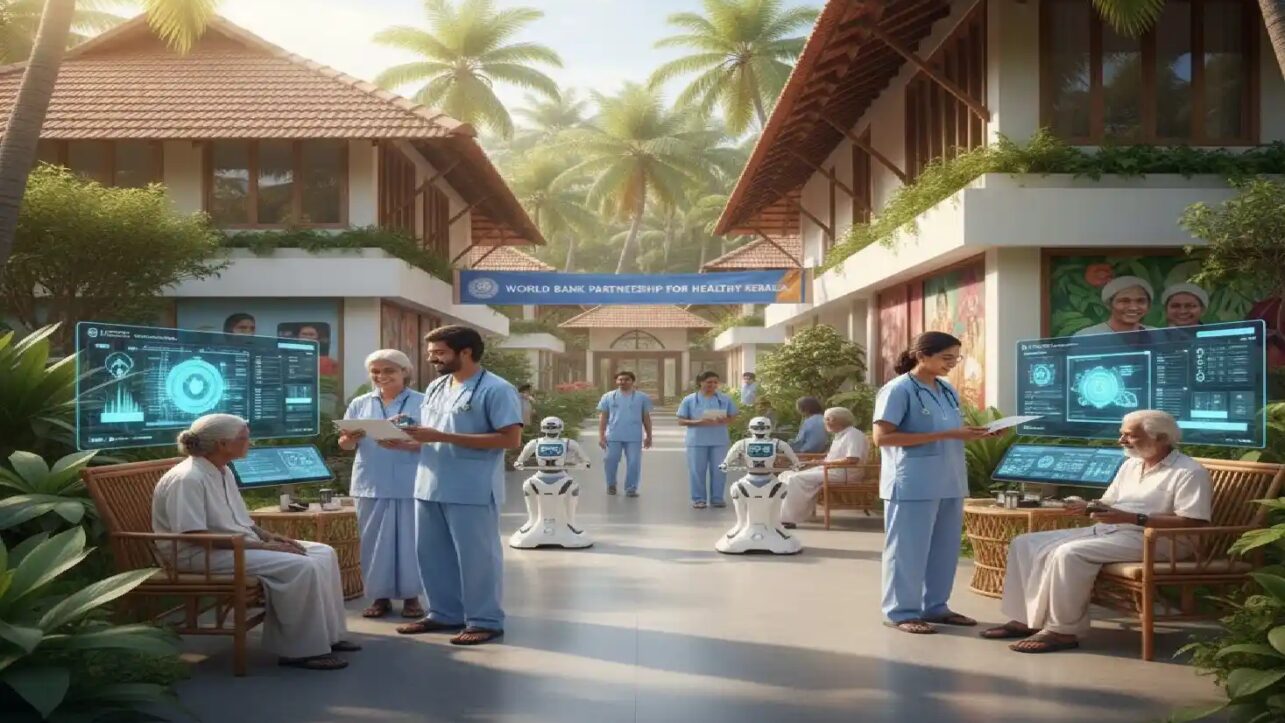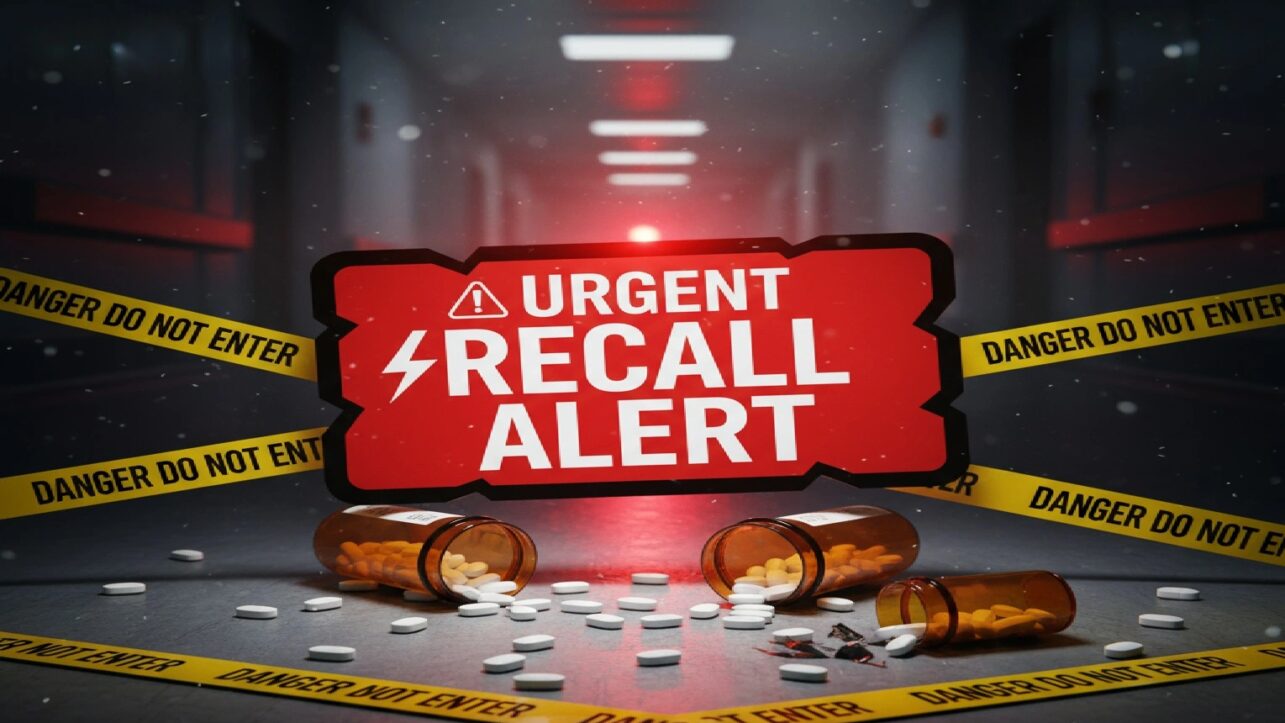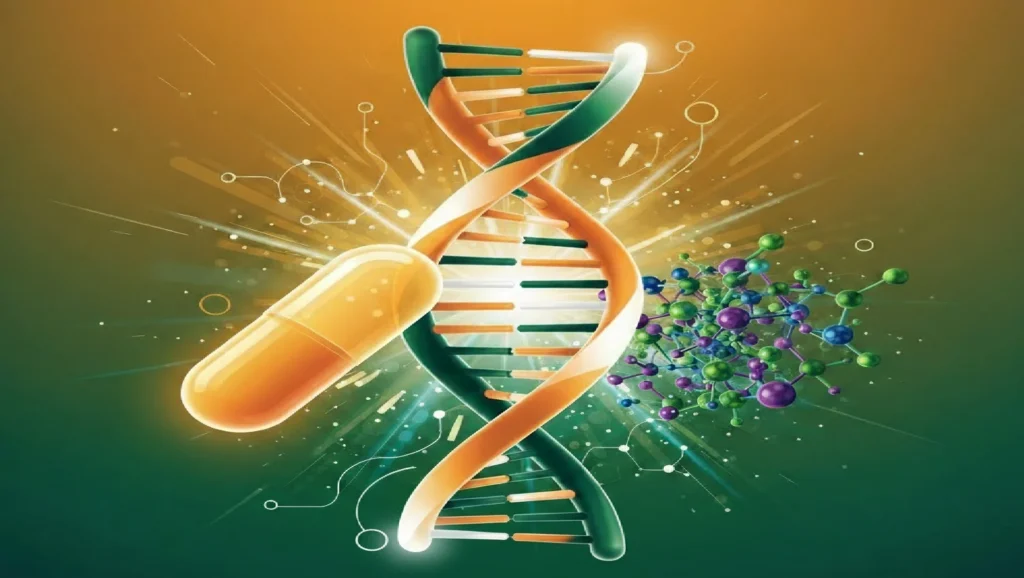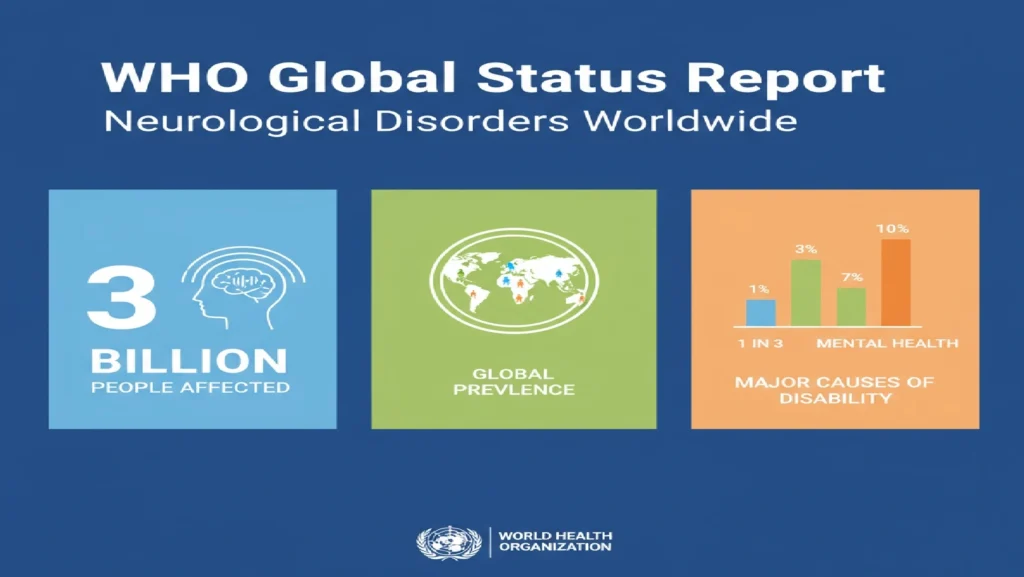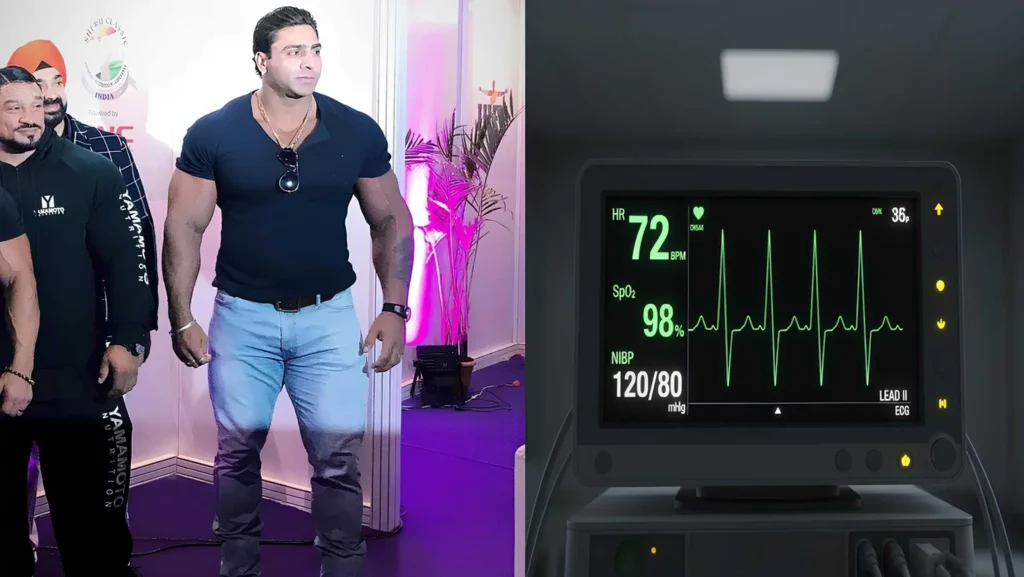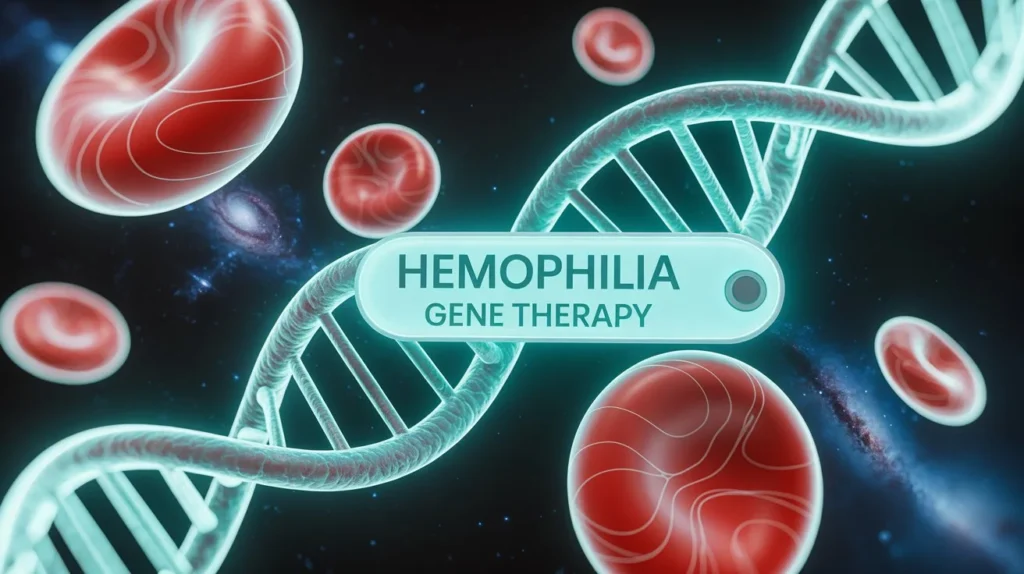Synopsis: Shah Rukh Khan publicly teased Karan Johar about suspected Ozempic use at the 70th Filmfare Awards on October 11, 2025—marking the first time a major Bollywood A-lister called out weight loss drug use at an industry event—just as alarming data reveals 82 UK deaths linked to GLP-1 medications, kidney damage, pancreatitis, muscle loss up to 40%, and psychiatric emergencies raising urgent questions about India’s Rs 628 crore ‘Weight-Loss’ Drug market explosion.
Breaking: SRK’s Filmfare Joke Brings Ozempic Whispers Into Public Domain
The Ozempic controversy that has simmered beneath Bollywood’s surface for months erupted into mainstream conversation on October 11, 2025, when Shah Rukh Khan publicly teased Karan Johar about weight loss drugs while co-hosting the 70th Filmfare Awards in Ahmedabad.
The exchange began when SRK noticed Karan’s dramatic weight transformation, asking: “Bahaut alag lag rahe ho” (You look very different). Karan responded: “Zyada exercise karne laga hoon aajkal” (I’ve been exercising more these days).
Then came the bombshell. Shah Rukh asked with a mischievous grin: “Oh, you’re working out, are you planning to go for Ozempic?” before quickly correcting himself, “Ahh, Olympics”. The audience erupted in laughter while Karan stood momentarily speechless.
This marks the first time a major Bollywood superstar has publicly called out another celebrity about GLP-1 drug use at an industry event, transforming whispered social media speculation into mainstream conversation. The timing couldn’t be more significant: just days earlier, pharmaceutical data revealed that Mounjaro had become India’s second-highest selling drug with explosive Rs 233 crore sales.
Mounjaro’s Shocking Market Domination: India’s #2 Drug in Six Months
The pharmaceutical data behind Bollywood’s Ozempic whispers reveals a stunning reality: Eli Lilly’s Mounjaro became India’s second-highest selling pharmaceutical brand within just six months of launch:
- Rs 80 crore in sales in September 2025 alone
- Rs 233 crore cumulative revenue since April 2024 launch
- 42% jump from Rs 56 crore in August to Rs 80 crore in September
- Only trailing GSK’s antibiotic Augmentin (Rs 85 crore)
- Priced at Rs 14,000-17,500 per month depending on dosage
This explosive growth is not from diabetic patients—it’s driven by weight loss demand among India’s wealthy elite, with sources noting that as patients increase dosages every four weeks, sales naturally climb. Industry insiders whisper these drugs were being “made available to high-profile people” before the official approval by CDSCO in September 2025.
Bollywood’s Suspicious weight loss drug obsession
Between 2023-2025, ASCI reported that nearly 80% of influencer advertisements lacked proper disclosures, with health and wellness categories among the worst offenders. The Advertising Standards Council of India (ASCI) updated its Influencer Advertising Guidelines in April 2025, requiring health influencers to declare qualifications. Yet Bollywood celebrities are brazenly discussing Ozempic and Mounjaro by name in public forums.
Karan Johar vehemently denies Ozempic use while fueling speculation, but when Shah Rukh Khan joked about Karan “running for Ozempic” at the Filmfare Awards on October 11, 2025, the audience’s explosive reaction reflected years of pent-up public speculation now brought mainstream. Ekta Kapoor posted a video directly captioned “Ozempic ho jaye”, explicitly naming the drug. Most revealing is Ram Kapoor’s strategy—denying personal use while giving multiple interviews aggressively defending Ozempic and Mounjaro by name, stating he “would have 1000% taken Mounjaro” and declaring “Ozempic liya hai toh kya hua?” (You have taken Ozempic, so what?) while calling critics “mad”.
The timing is suspiciously aligned with pharmaceutical market expansion. Weight loss drug sales in India exploded from Rs 137 crore in 2020 to Rs 535 crore in 2024, and Mounjaro became India’s second-highest selling drug within just six months with Rs 233 crore in sales. Celebrity drug discussions coincide perfectly with this growth—Badshah’s March 2025 transformation, Ram Kapoor’s July defense explicitly naming Ozempic/Mounjaro, Ekta’s “Ozempic ho jaye” post, and SRK’s October Filmfare joke—all while Eli Lilly announced a $1+ billion India investment for obesity drug manufacturing.
The fact that celebrities are openly naming prescription drugs in public forums without facing advertising violations or disclosure requirements suggests either regulatory failure or something more coordinated. Whether through undisclosed pharmaceutical partnerships or regulatory blind spots, the outcome is identical: celebrities drive massive demand for restricted medications without accountability for serious health risks. When the Indian government issued stricter directives in June 2025 warning of penalties up to Rs 50 lakh for violations, these brazen drug discussions continue unchecked—raising urgent questions about whether India’s advertising framework is equipped to handle this new form of pharmaceutical promotion.
The Death Toll: 82 UK Fatalities Linked to GLP-1 Drugs
The most sobering revelation comes from the UK’s Medicines and Healthcare Products Regulatory Agency (MHRA), which reported 82 deaths linked to GLP-1 drugs as of January 31, 2025—more than doubling from just 10 deaths reported in October 2024:
- 22 deaths involved patients using the drugs for weight loss
- 60 deaths were associated with use for type 2 diabetes
- Semaglutide (Ozempic, Wegovy, Rybelsus): 29 deaths
- Tirzepatide (Mounjaro): 18 deaths
- Liraglutide (Saxenda, Victoza): 35 deaths
.Alison Cave, MHRA chief safety officer, emphasized: “The decision to start, continue, or stop treatments should be made jointly by patients and their doctor, based on full consideration of benefits and risks”.
The Hidden Dangers: Major Side Effects
Thyroid Cancer: The FDA’s Boxed Warning
All GLP-1 drugs carry an FDA boxed warning (formerly “black box warning”)—the agency’s most serious safety alert—specifically citing risk of thyroid tumors including medullary thyroid cancer (MTC). The warning explicitly advises patients with personal or family history of MTC or multiple endocrine neoplasia syndrome type 2 (MEN2) to completely avoid these medications. A large French study analyzing 2,562 thyroid cancer patients found 58% increased risk of all thyroid cancers and 78% increased risk of MTC specifically with 1-3 years of GLP-1 use.
Kidney Damage and Pancreatitis
Acute kidney injury: The study found elevated risk of sudden kidney function decline, which often presents no symptoms until damage becomes severe and potentially irreversible. This is especially dangerous in India, where chronic kidney disease already affects an estimated 17% of adults and dialysis access is limited. A 2024 StatPearls review warned that “patients who experienced nausea, vomiting, diarrhea, or dehydration during the treatment were at the highest risk of acute kidney injury, with volume depletion being the suspected link”.
Pancreatitis: UK MHRA data shows 181 pancreatitis cases for Mounjaro (5 deaths) and 113 cases for Wegovy/Ozempic (1 death). Dr. Saptarshi Bhattacharya, senior consultant at Indraprastha Apollo Hospitals, Delhi, warned in a Hindustan Times interview: “People on weight loss drugs should remain vigilant for symptoms of severe abdominal pain, especially if radiating to the back, and seek urgent medical attention if it occurs”.
Gallstone attacks and bile duct blockage: Rapid weight loss triggered by GLP-1 drugs increases gallstone formation, with studies documenting gallbladder-related disorders in 2.6% of users.
Gastroparesis: The Debilitating Digestive Paralysis
One of the most distressing complications is gastroparesis—partial stomach paralysis where digestion slows to a crawl or stops entirely. A comprehensive 2025 review in Cureus noted that “GI effects are common; obstruction or perioperative aspiration are major concerns”.
The review found that 50% to 60% of patients experience gastrointestinal disturbances during the initial treatment phase. Patients report severe nausea lasting weeks or months even after stopping the drug, inability to keep food down, extreme bloating, chronic vomiting requiring emergency care, and malnutrition.
Muscle Loss and Sarcopenia
A 2024 review in The Lancet Diabetes & Endocrinology found that muscle loss ranges from 25% to 39% of total weight lost. A comprehensive April 2025 study warned that lean body mass loss can reach 15-40% of total weight lost.
This places patients at higher risk for sarcopenia, frailty, metabolic slowdown making weight regain inevitable, and reduced functional capacity. The study specifically warns that “older adults, patients with chronic kidney disease, liver disease, and inflammatory bowel disease” face the highest vulnerability.
Mental Health Risks: Depression, Anxiety, and Suicide
A 2024 study in Psychiatry Research found 481 psychiatric events associated with GLP-1 drugs:
- Depression: 187 cases (50.3%)
- Anxiety: 144 cases (38.7%)
- Suicidal ideation: 73 cases (19.6%)
- Nine deaths (8 with liraglutide, 1 with semaglutide)
- 11 life-threatening outcomes
The fatal outcomes occurred primarily among men (8 out of 9) from completed suicide attempts and depression.
Common Side Effects: The “Minor” Issues
A 2025 review documented that 80-90% of patients develop adverse effects:
- Nausea: Up to 44% of semaglutide users
- Diarrhea: 20-30%
- Vomiting: 10-15%
- Constipation: 10-20%
About 5-7% of users discontinue due to persistent gastrointestinal problems. The rapid fat loss also causes “Ozempic face”—facial hollowing, sagging skin, sunken eyes, and wrinkles.
The India Angle: A Perfect Storm Brewing
Celebrity worship culture: Whether Ram Kapoor openly defends “shortcuts,” Karan Johar denies Ozempic while showcasing dramatic transformations, or SRK jokes about it at Filmfare Awards, the implicit message to millions is identical—these drugs have moved from medical necessity to aspirational lifestyle choice, and if Bollywood icons discuss them so casually, they must be safe, effective, and socially acceptable.
Affordability explosion: Generic launches in March 2026 will slash prices by 70-80%.
Unregulated access: India’s lax prescription enforcement allows easy procurement without medical supervision.
Diabetes epidemic: Over 100 million Indians need these drugs medically, but celebrity cosmetic use creates shortages.
The Bottom Line: Transparency Over Shortcuts
While Shah Rukh Khan’s Filmfare joke drew laughs, the underlying reality is deadly serious. Medical professionals emphasize that GLP-1 drugs offer genuine benefits when used appropriately under strict supervision. Dr. Bhattacharya noted: “The medical evidence clearly demonstrates the benefits of these medicines, including significant weight loss, improved blood glucose control, reduced cardiovascular risk”.
The problem isn’t the medication—it’s the glamorization of pharmaceutical shortcuts without honest discussion of 82 UK deaths, kidney damage, muscle loss, and psychiatric emergencies.
As generic GLP-1 drugs become accessible to tens of millions of Indians in 2026, the healthcare community urgently calls for transparent celebrity disclosures, stricter ASCI enforcement, mandatory medical screening, regular monitoring protocols, and public education about serious side effects.
The weight loss revolution comes with a hidden cost—one that Bollywood’s “shortcut” culture may not be prepared to pay.



